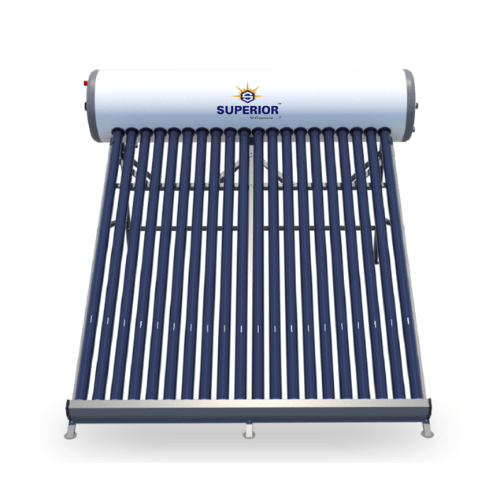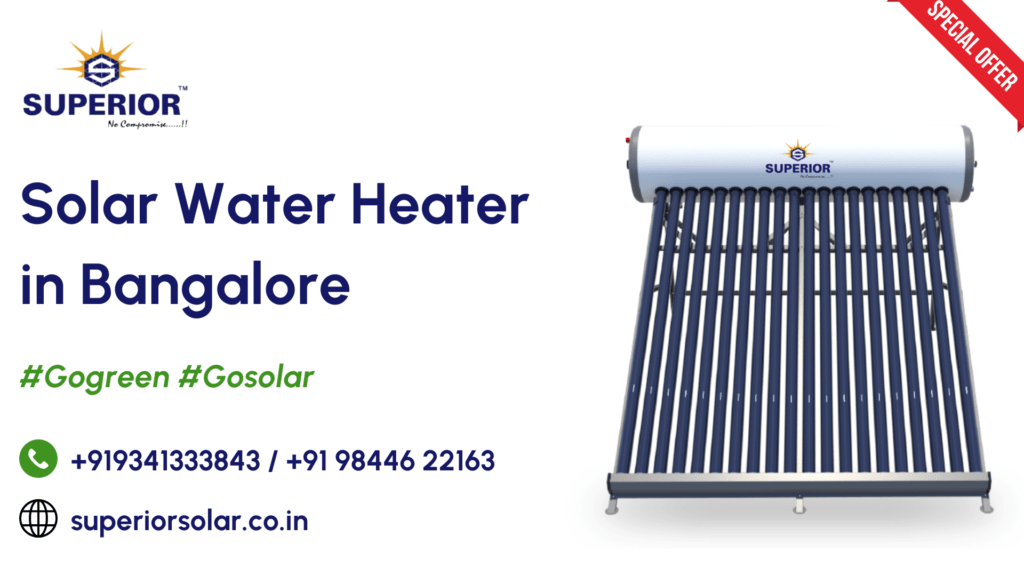How to Reduce Electricity Bills with a Hybrid Solar System

Tired of skyrocketing power bills? You’re not alone. With electricity rates constantly rising, many homeowners and businesses in India are turning to smarter, greener alternatives — like hybrid solar systems.
If you’ve already looked into solar energy or even installed a basic system, a hybrid setup might be the upgrade you need. In this blog, we’ll explain how hybrid solar systems work and how they help cut your electricity bills dramatically — without compromising your power needs.
What Is a Hybrid Solar System?
A hybrid solar system combines the best of on-grid and off-grid setups. It’s connected to the electricity grid but also has battery backup, so you can:
- Use solar power during the day,
- Store excess energy in batteries for night-time use,
- Pull from the grid only when necessary.
💡 It gives you the flexibility of grid power with the independence of solar batteries.
How It Saves You Money
Here’s where the magic happens:
1. Cuts Grid Dependency
During sunny hours, your system powers your appliances directly. That means less power drawn from BESCOM (or your local utility), especially during peak tariff hours.
2. Stores Excess Energy
Instead of wasting unused solar power, your hybrid system stores it in a battery. Later, you use it at night or during blackouts — both times when grid power is either unavailable or expensive.
3. Net Metering (Where Applicable)
In some areas, you can still send excess power back to the grid and get credits — lowering your bill even more.
4. Energy Efficiency Boost
Modern hybrid inverters help you monitor usage in real-time, so you can adjust consumption and reduce waste.
Who Should Consider a Hybrid Solar System?
- Homes with frequent power cuts
- Businesses running night shifts
- Properties with high evening consumption
- People looking for long-term bill savings + backup
If you’re using solar only during the day and still relying on the grid after dark, a hybrid setup is a smart investment.
What’s the Cost?
A hybrid solar system costs more than a traditional on-grid setup — mainly because of the batteries. But with electricity costs rising, the payback period is often under 5–6 years, especially with government subsidies.
Maintenance Tips for Better Savings
- Keep panels clean, especially during monsoon and dusty seasons.
- Monitor your system monthly via the solar app/inverter display.
- Service the battery every 12–18 months for optimal efficiency.
Final Thoughts
A hybrid solar system isn’t just an upgrade — it’s a smart step toward energy independence and financial relief. With battery storage and intelligent usage, you can slash your power bills while enjoying uninterrupted electricity.
Thinking of switching to a hybrid solar system?
Let our team help you design the right setup for your home or business. Efficient, cost-effective, and future-ready — that’s our promise.



